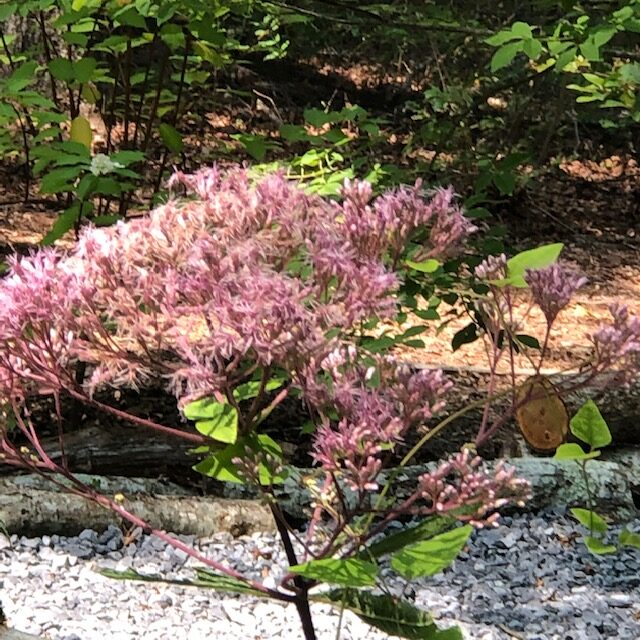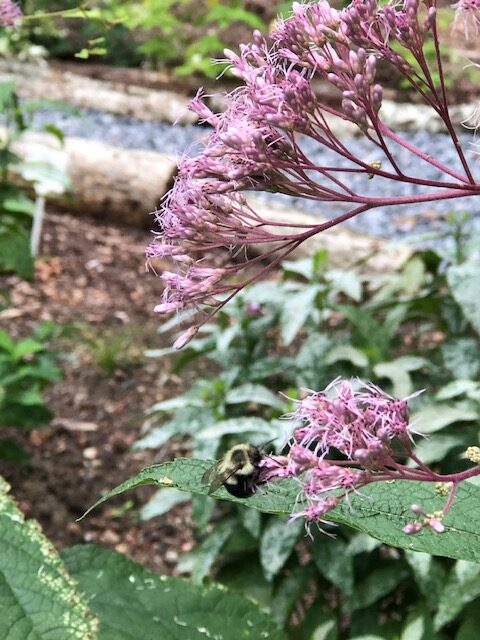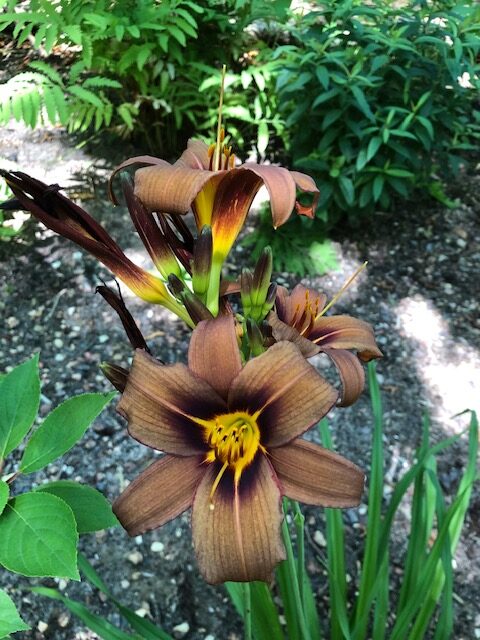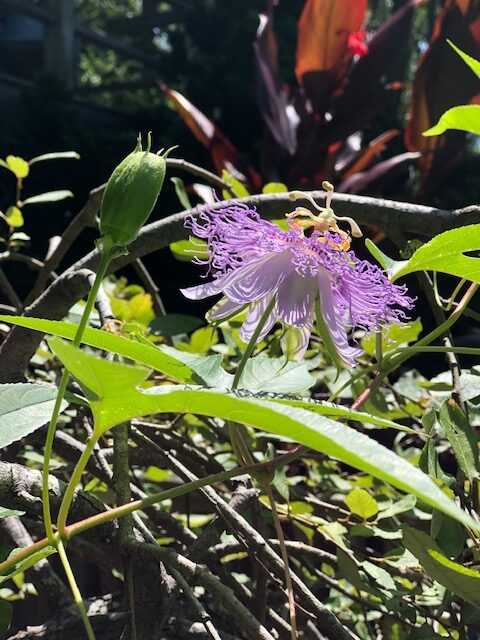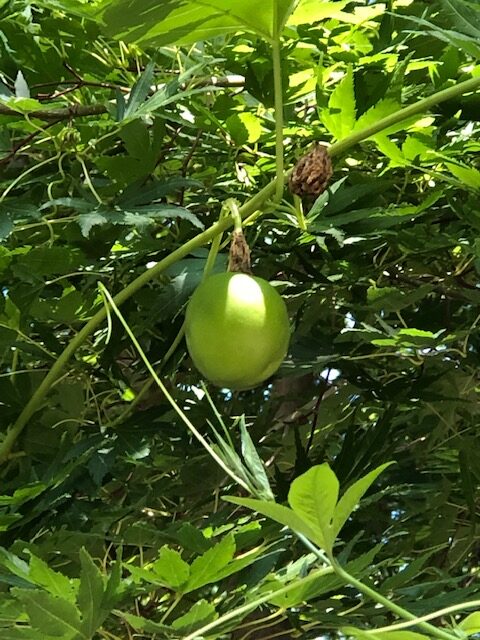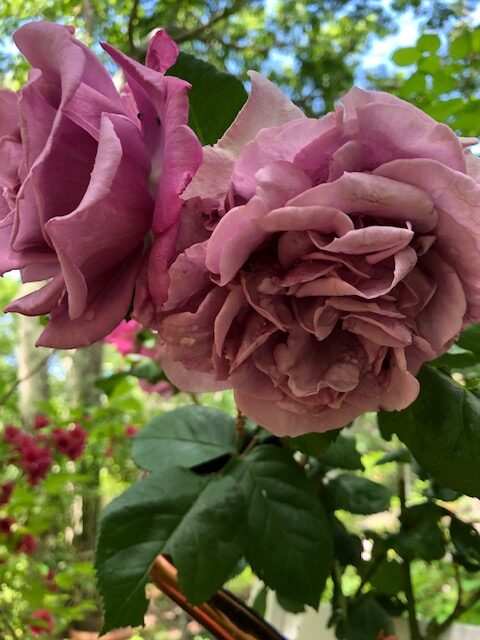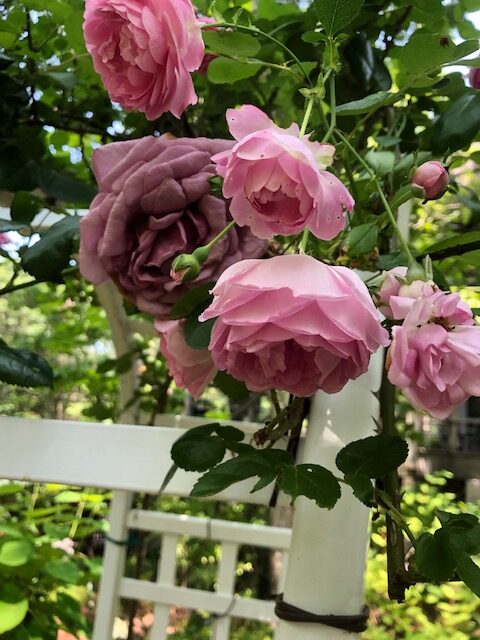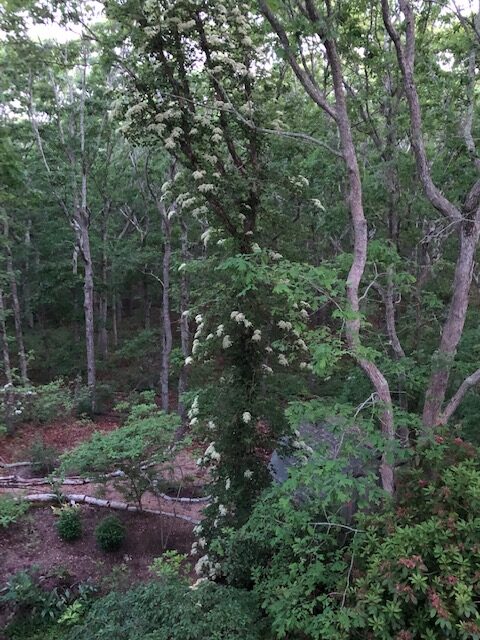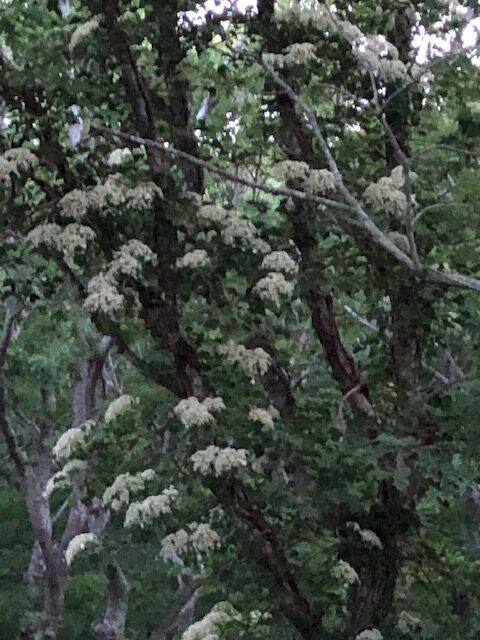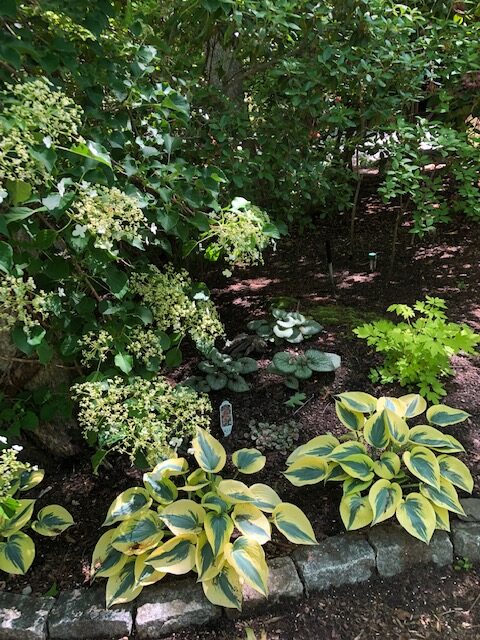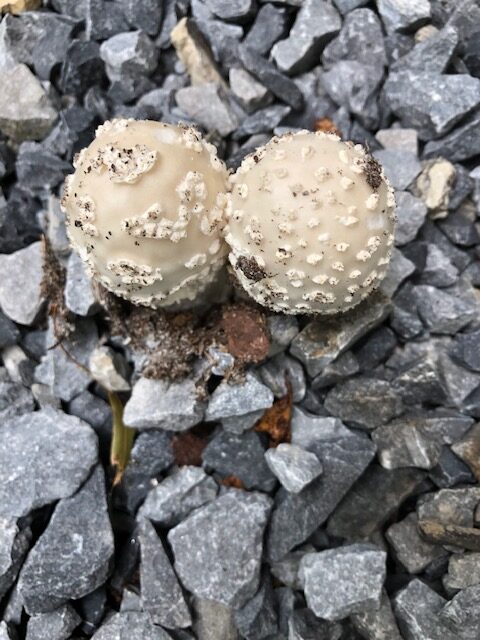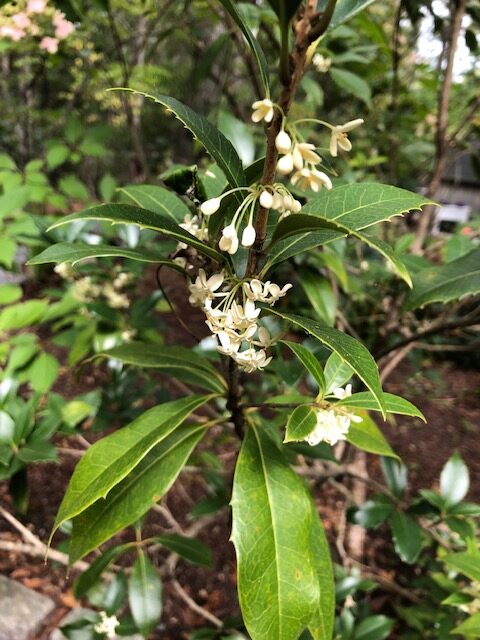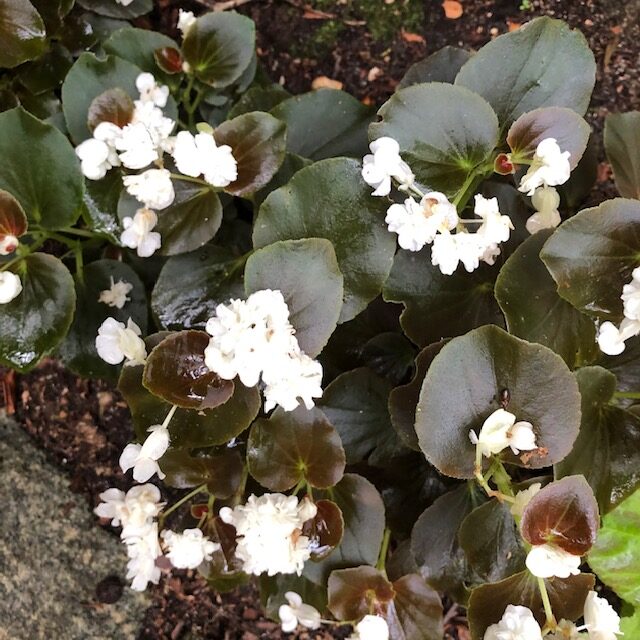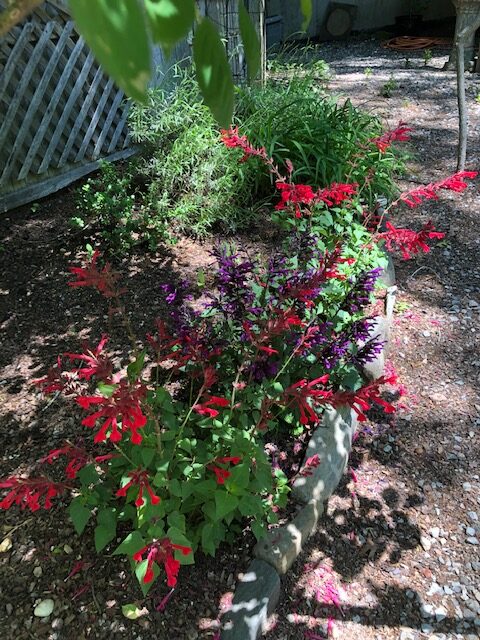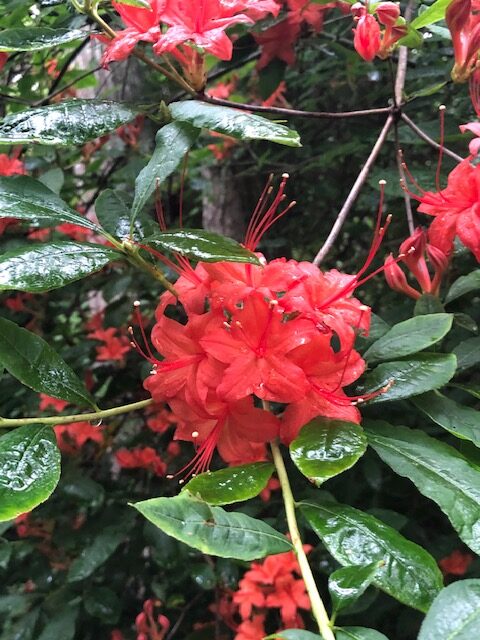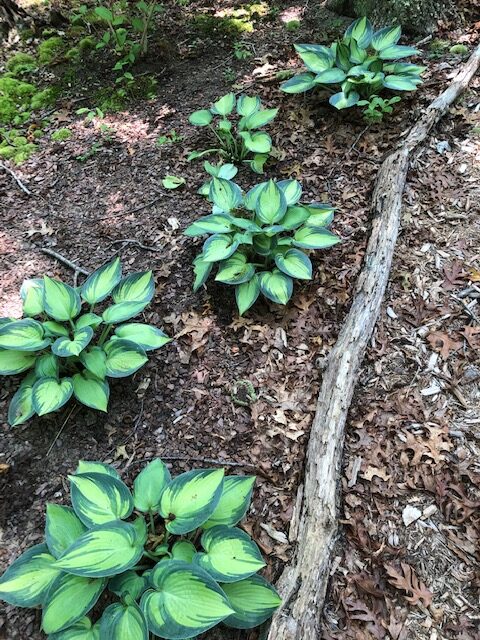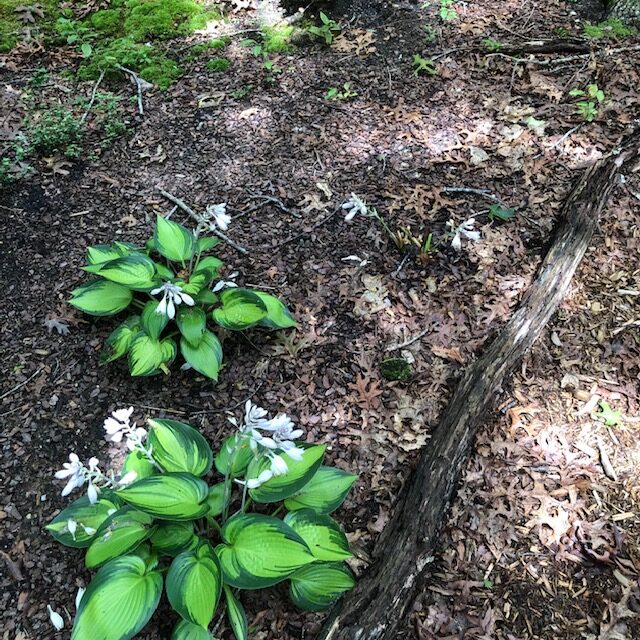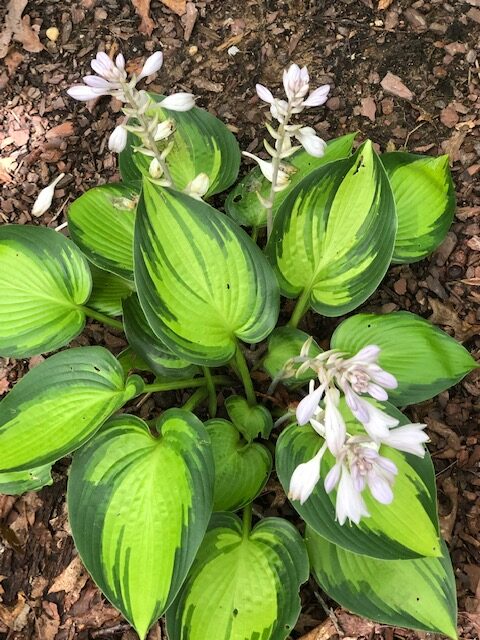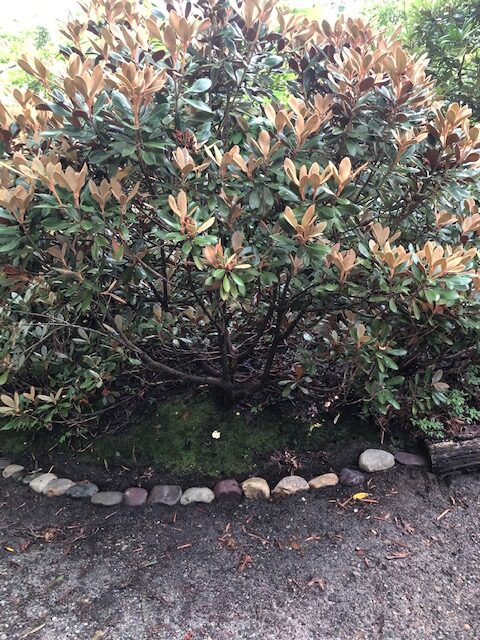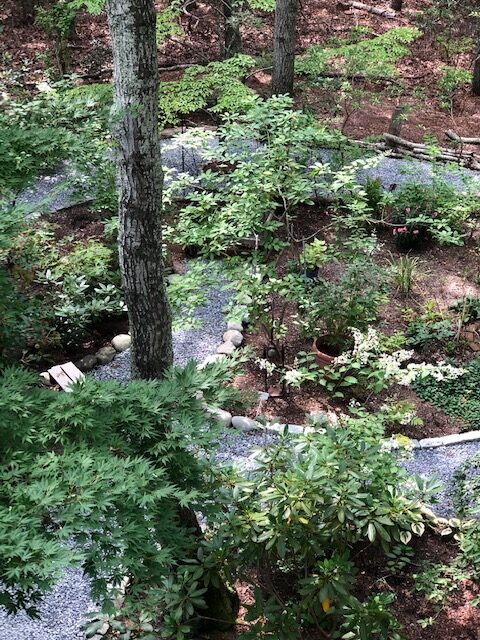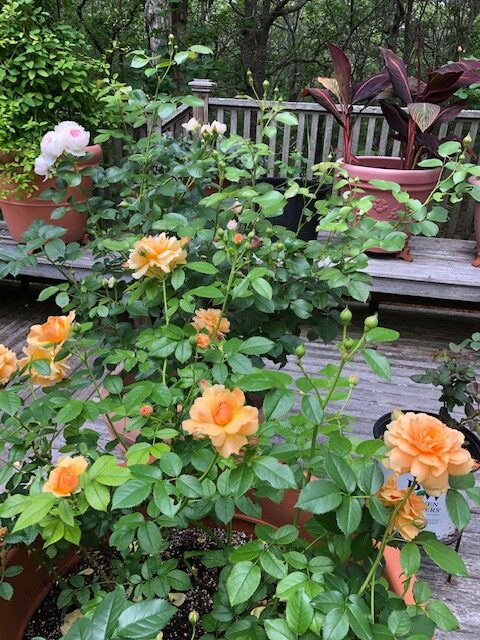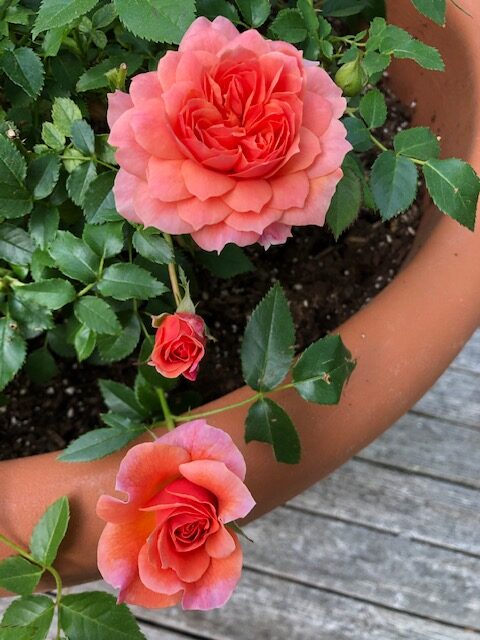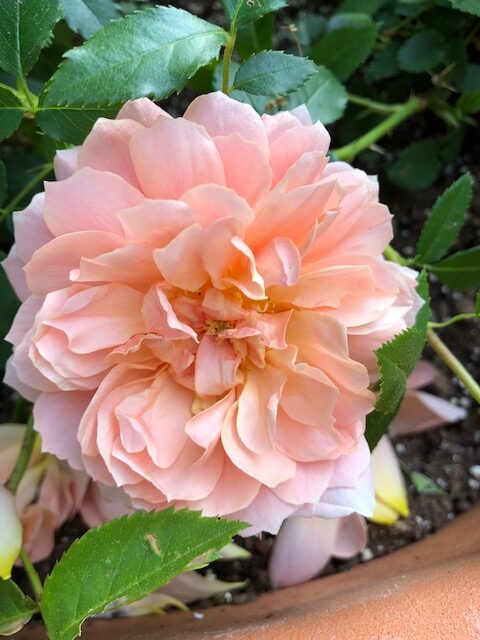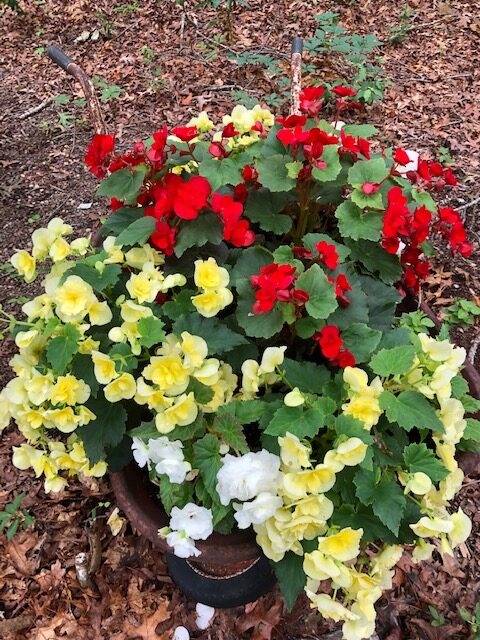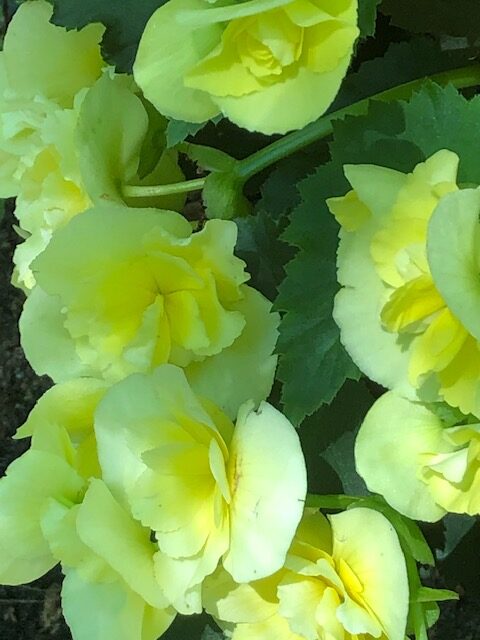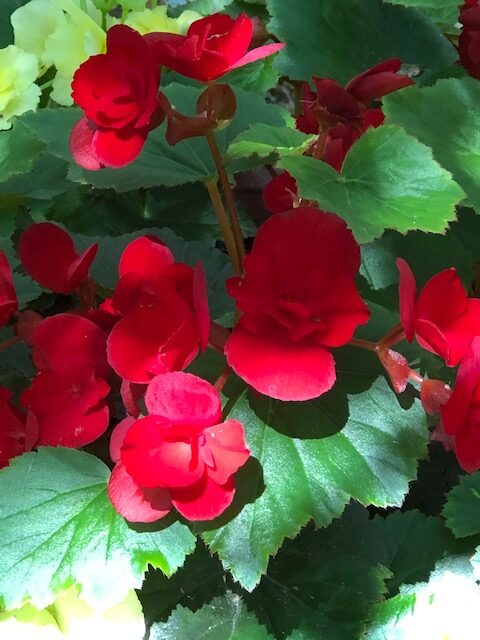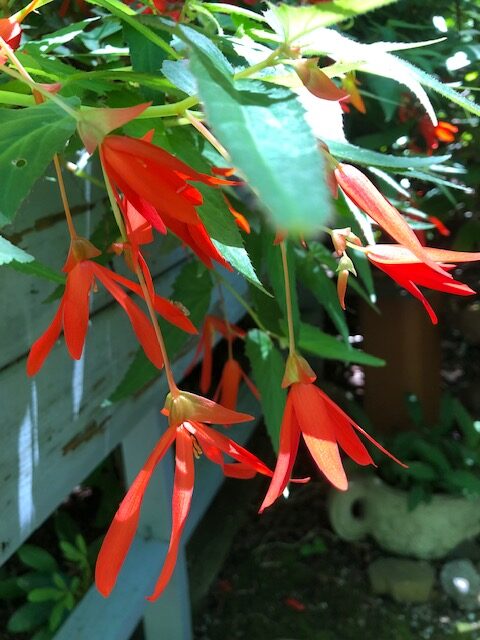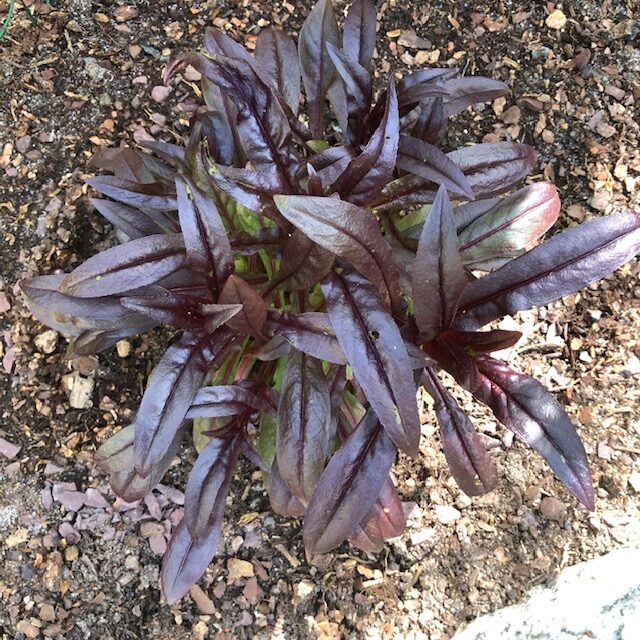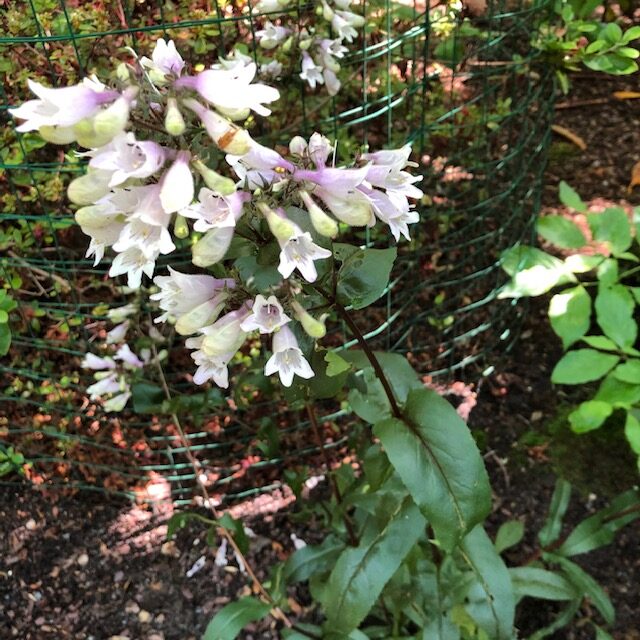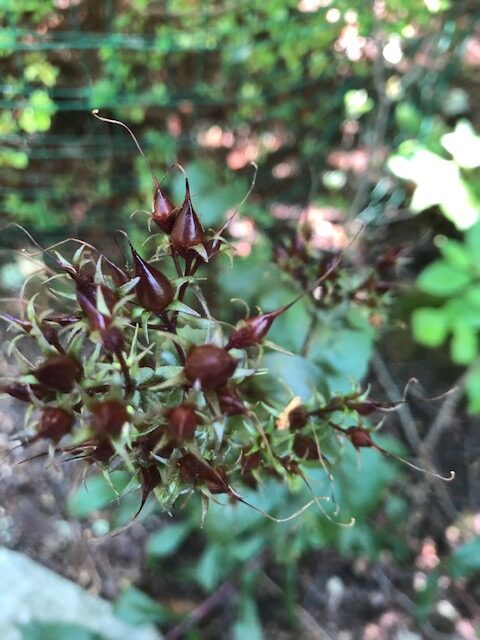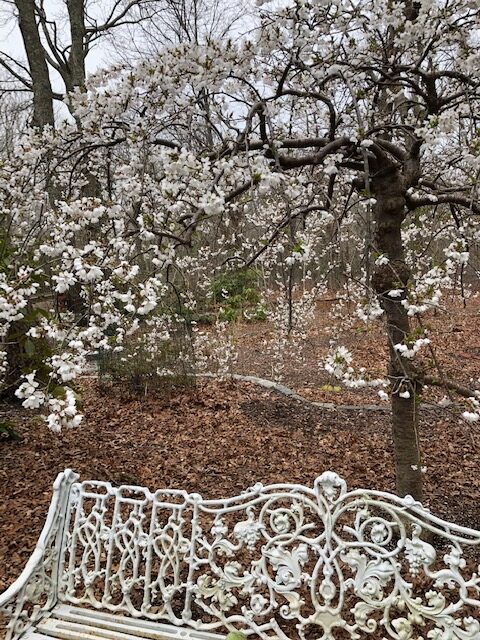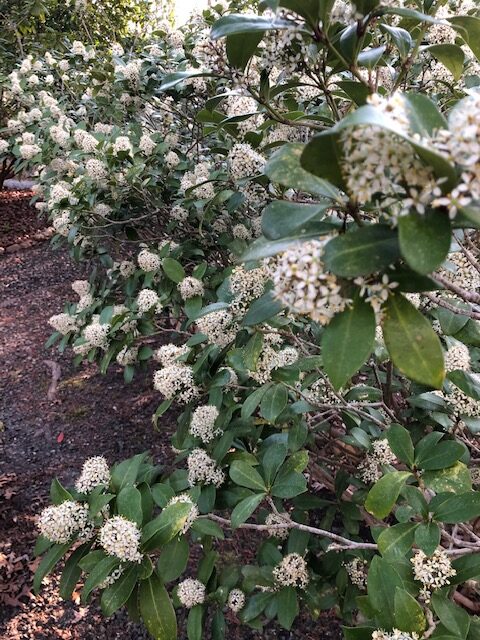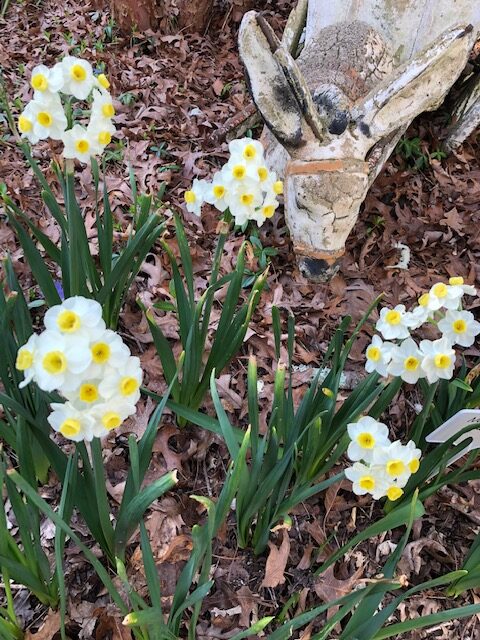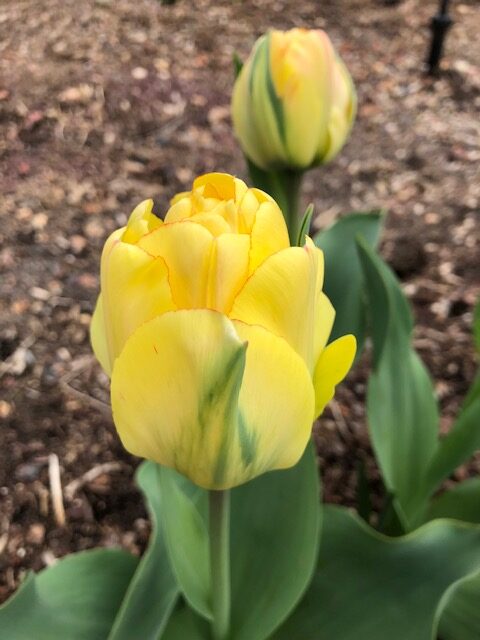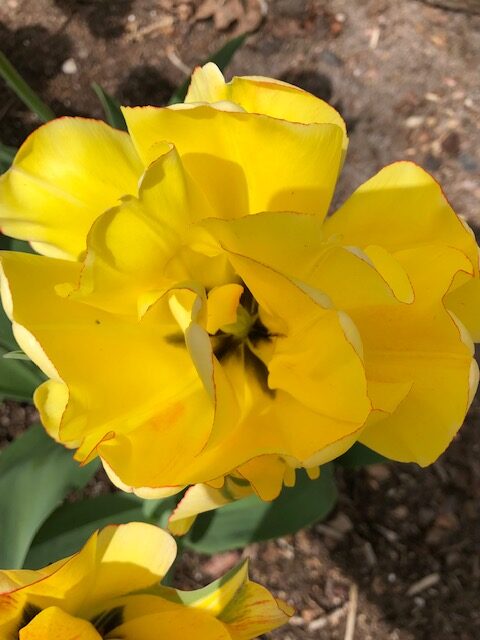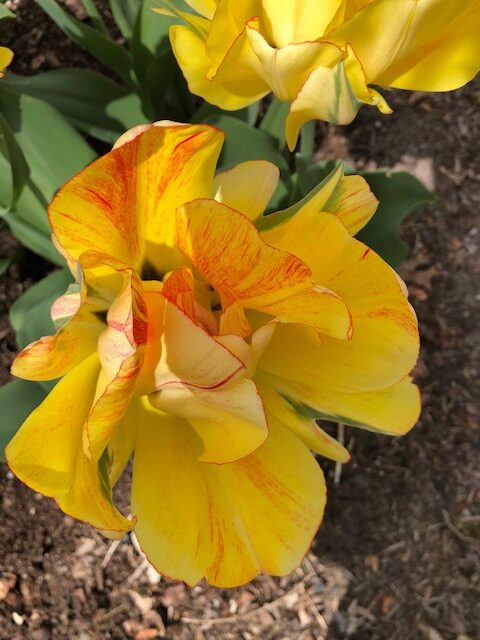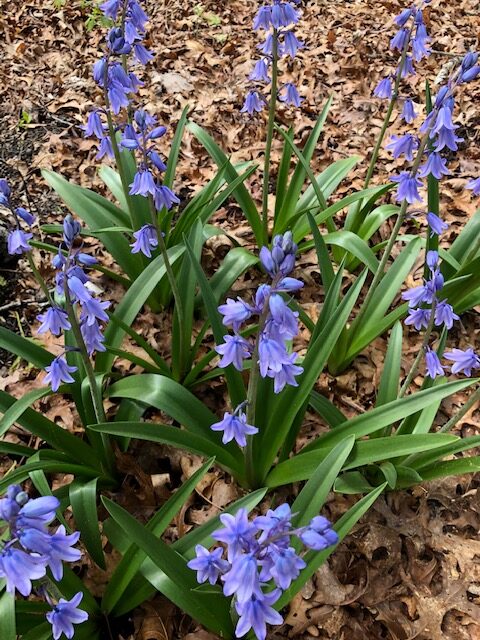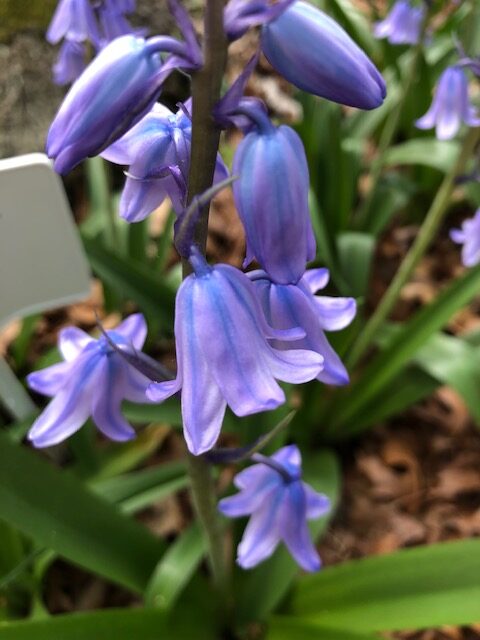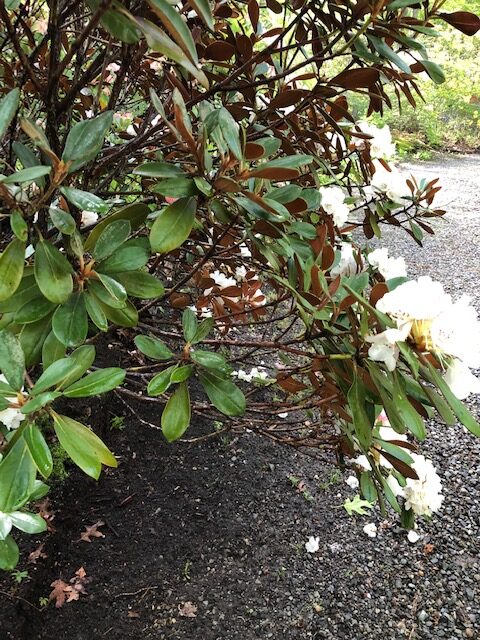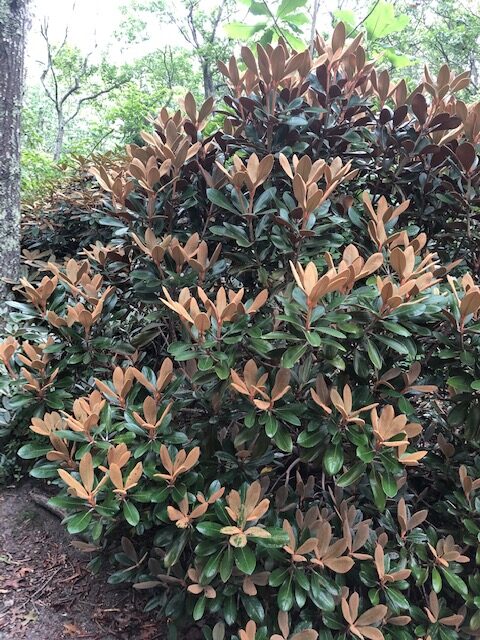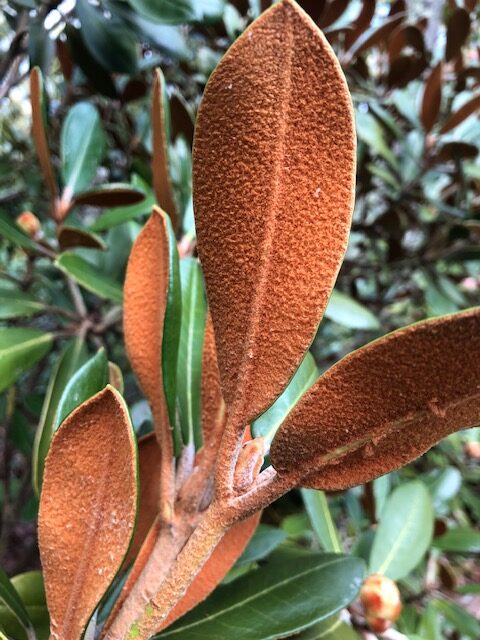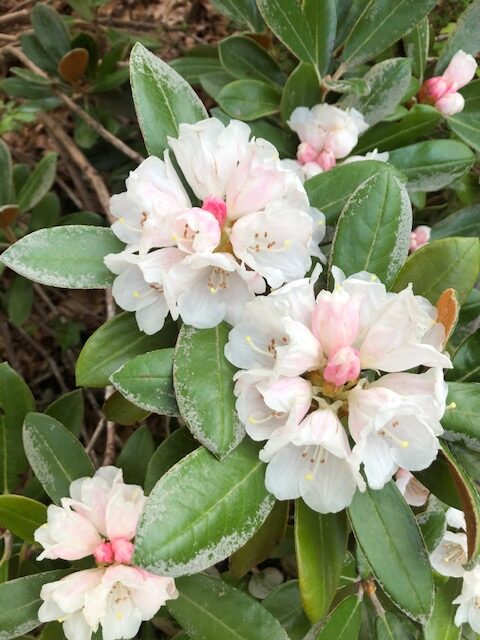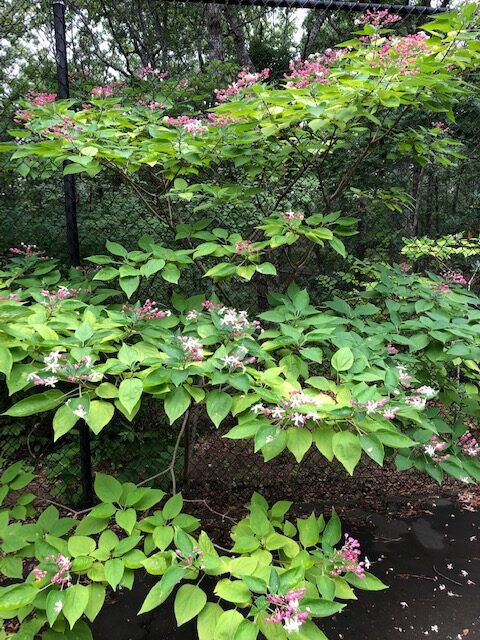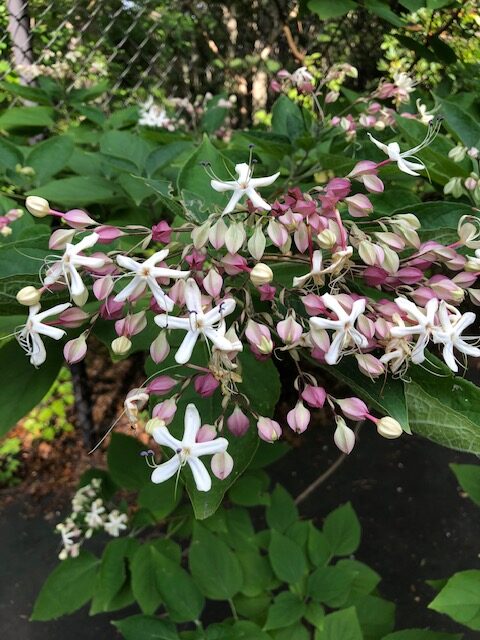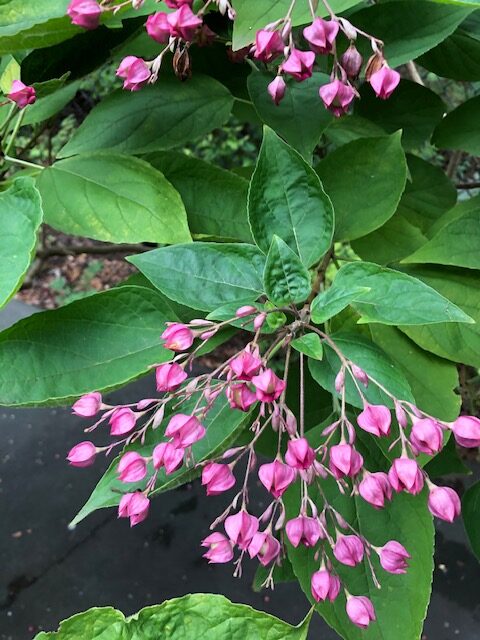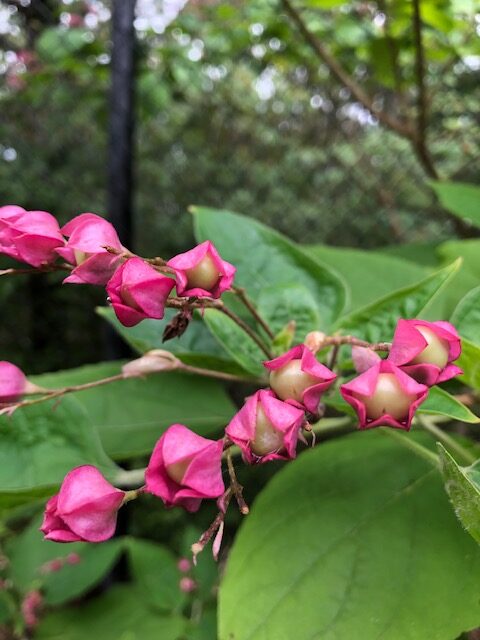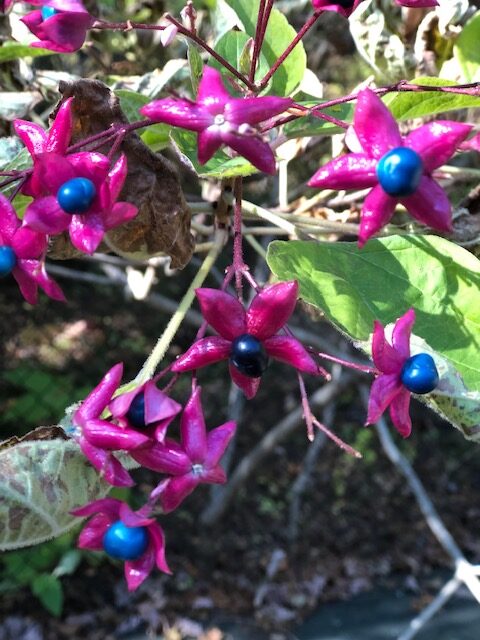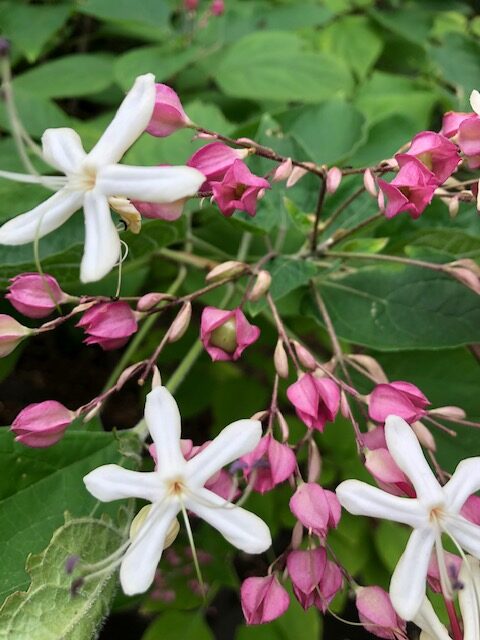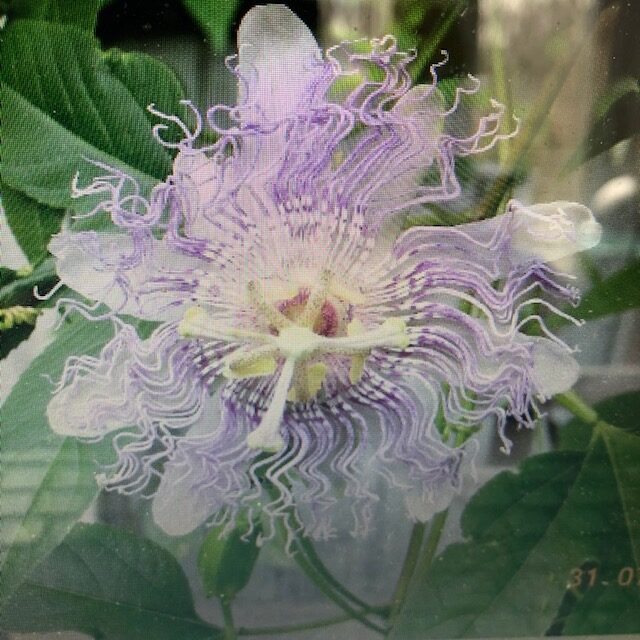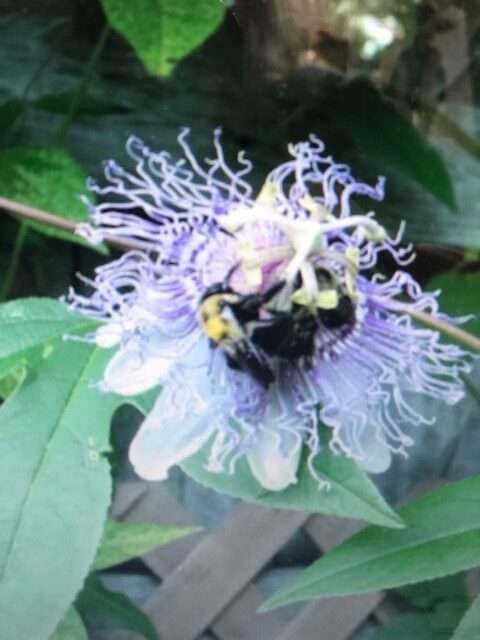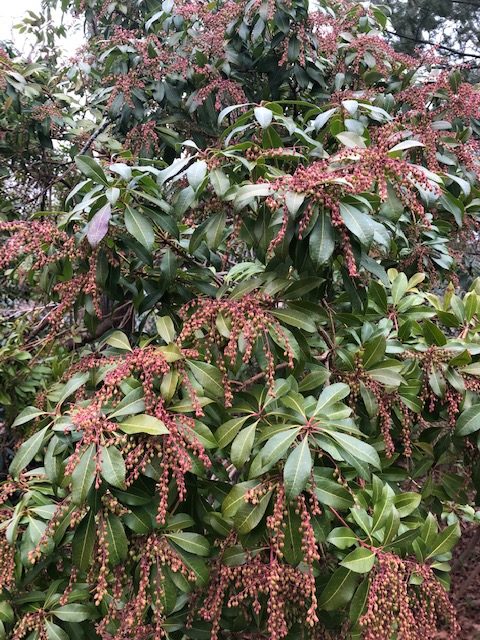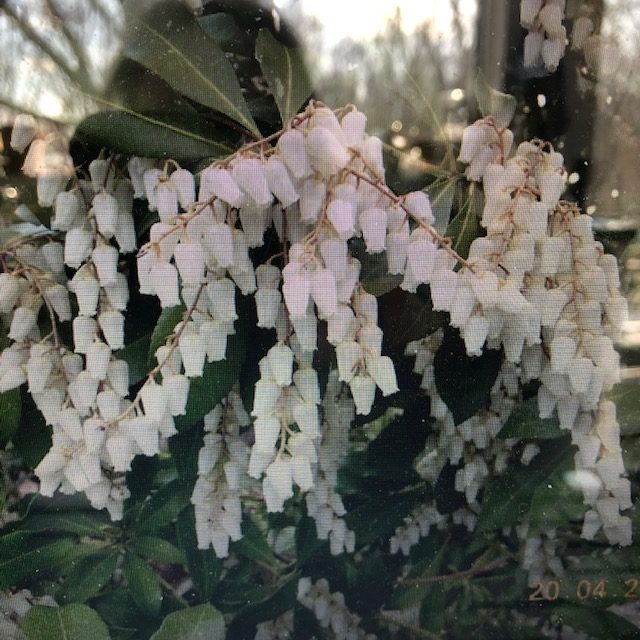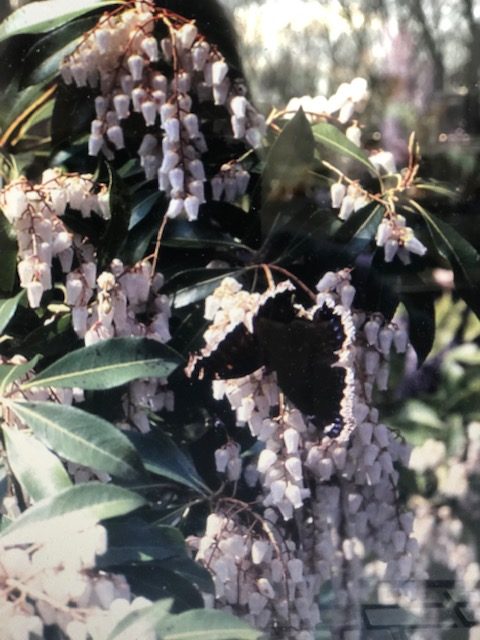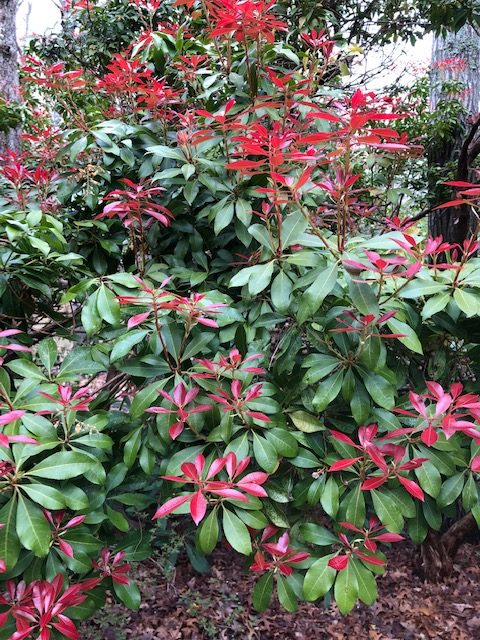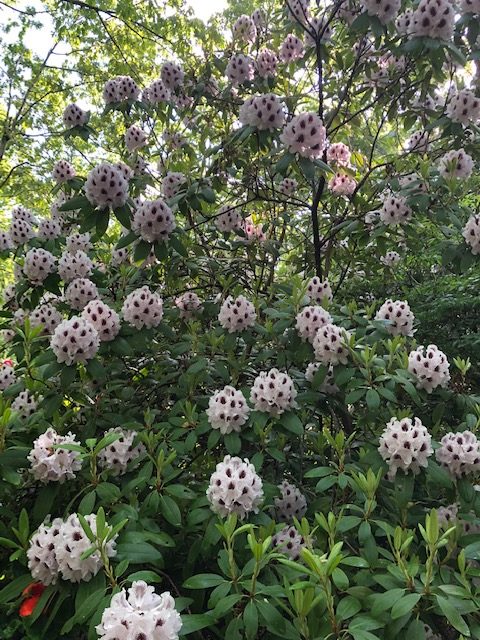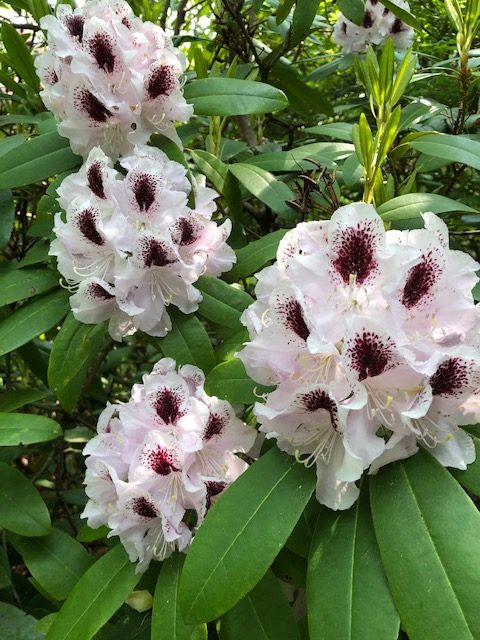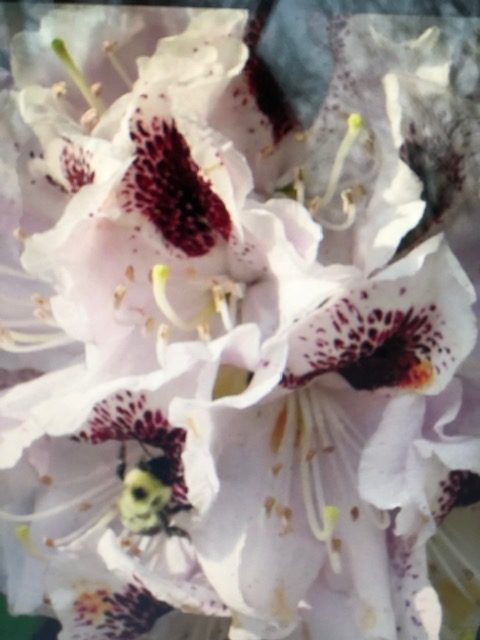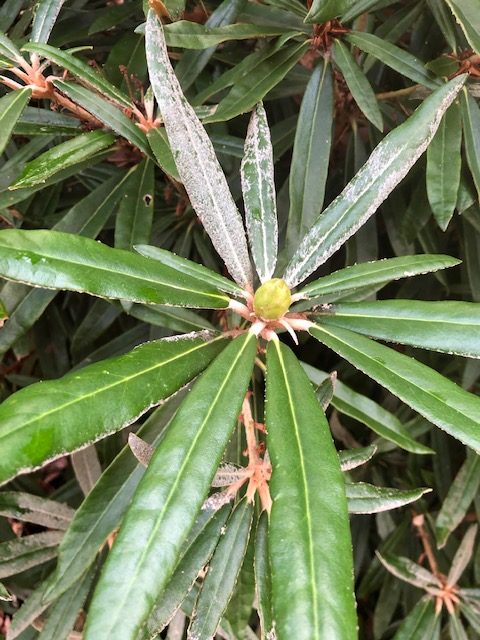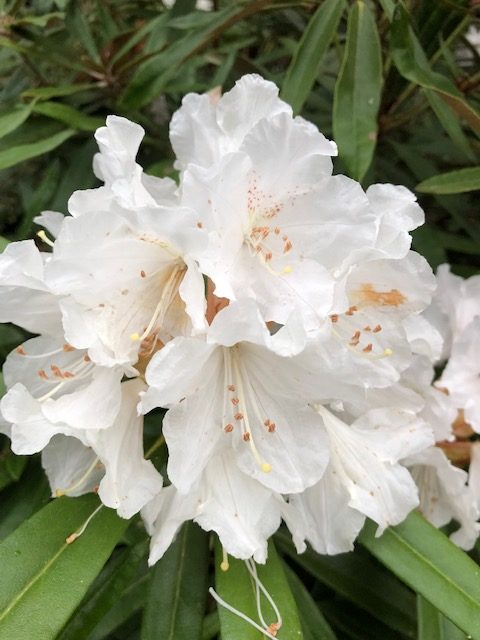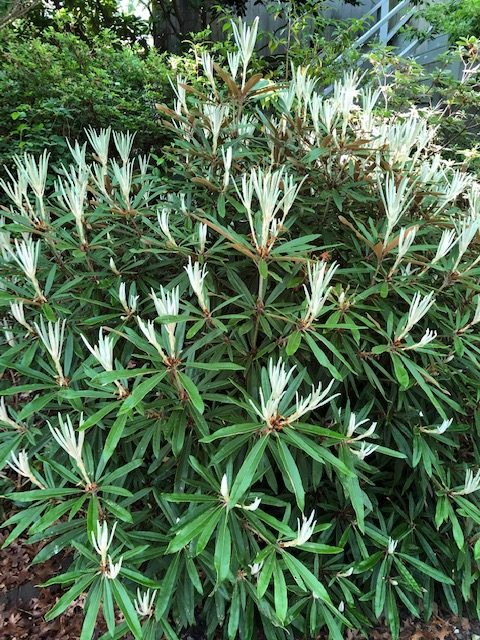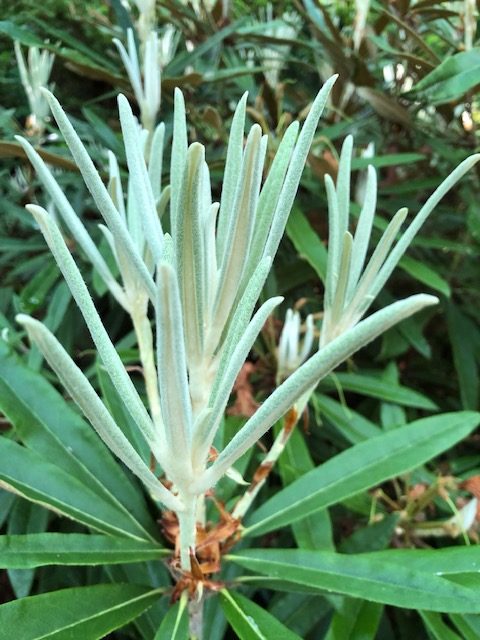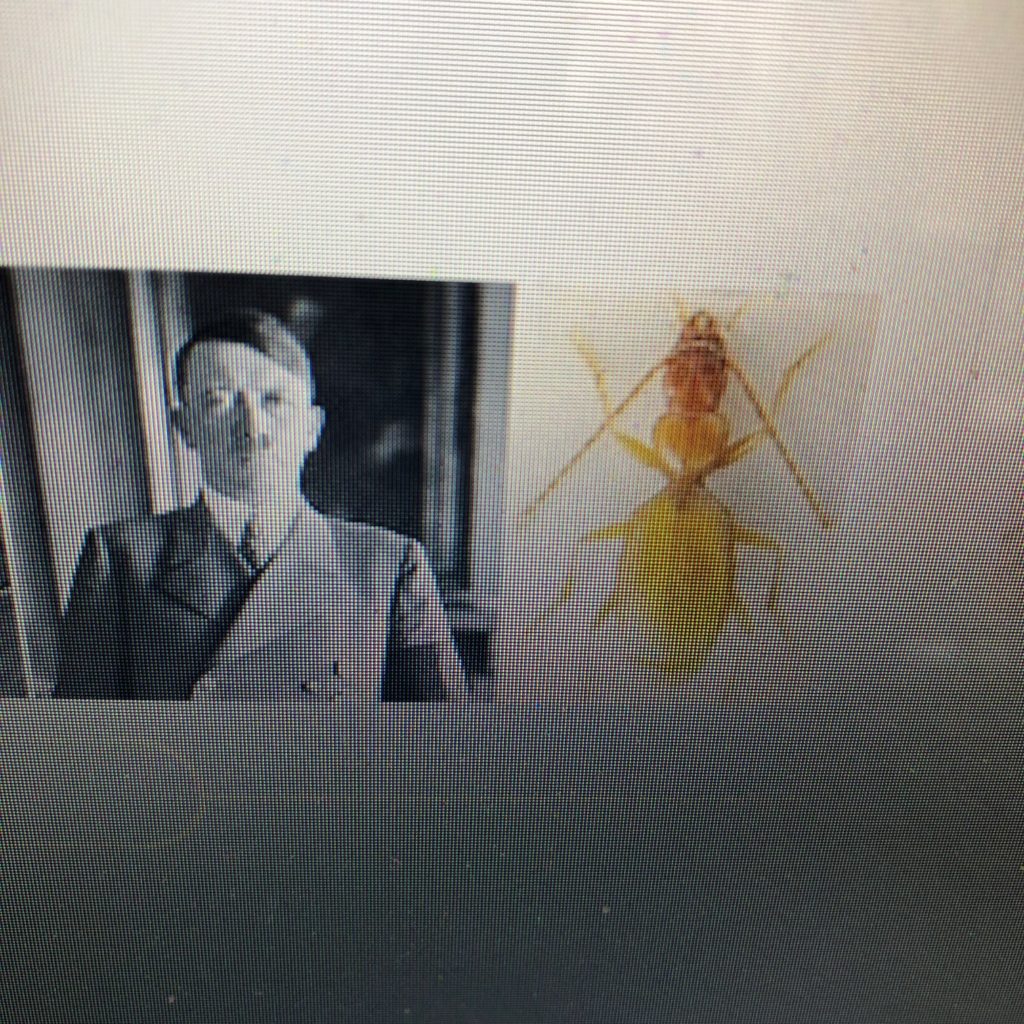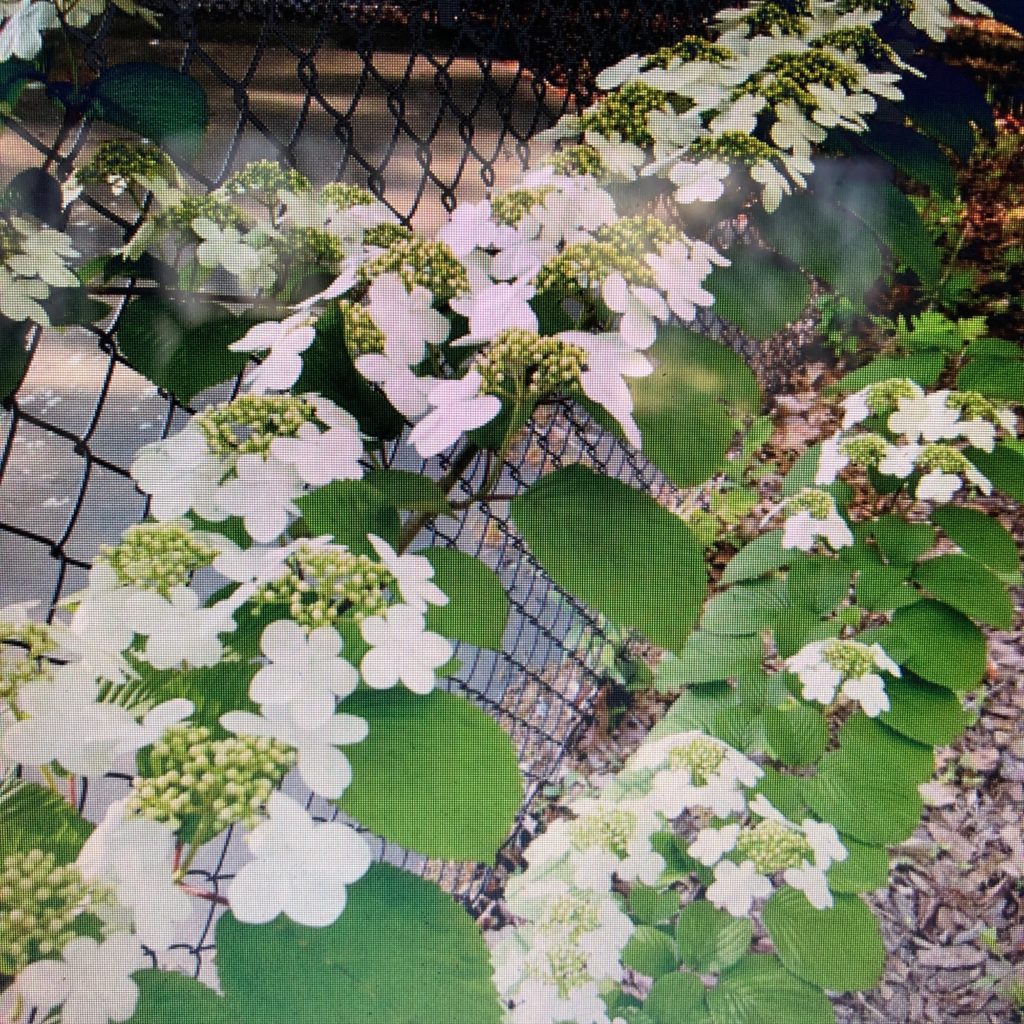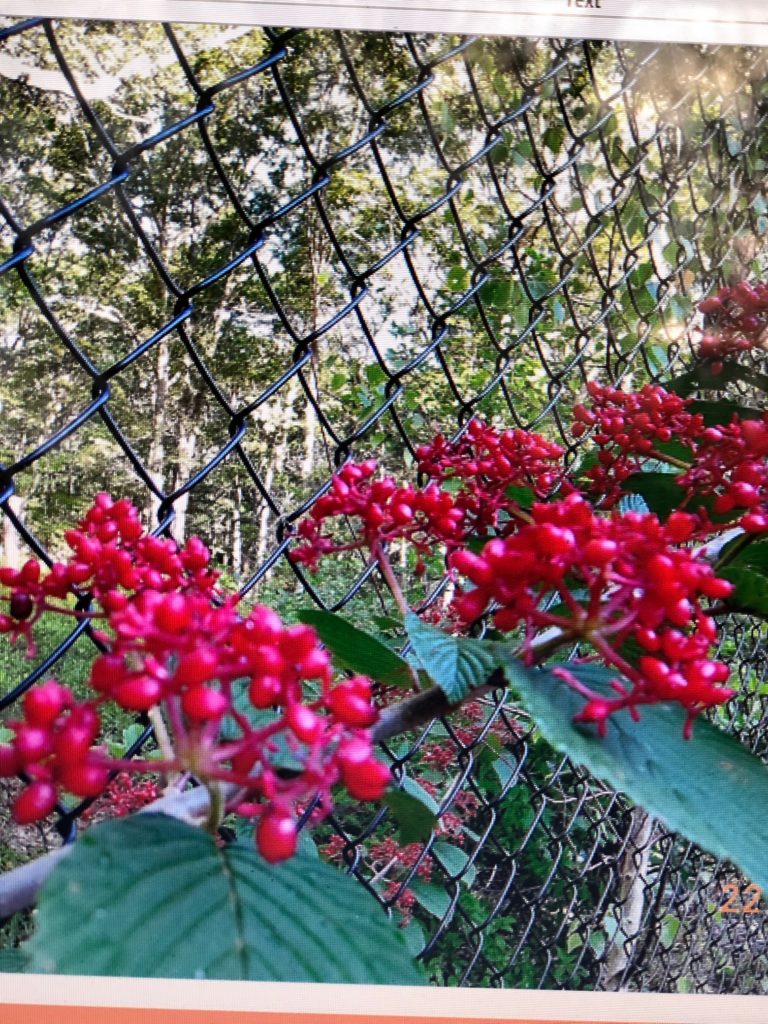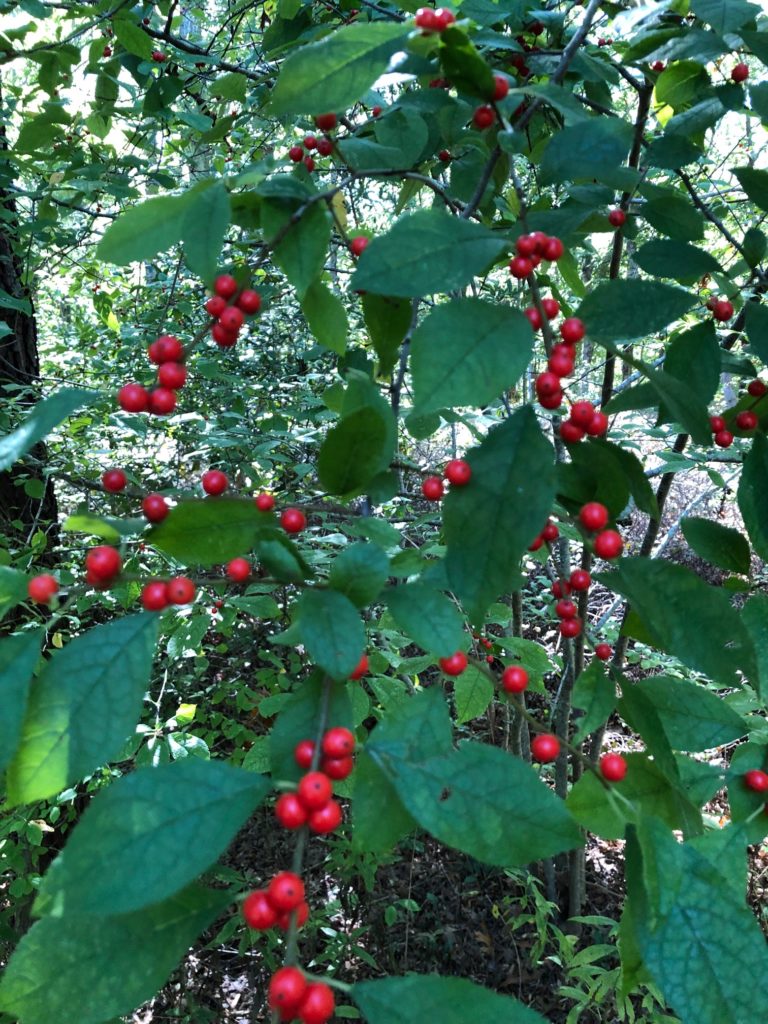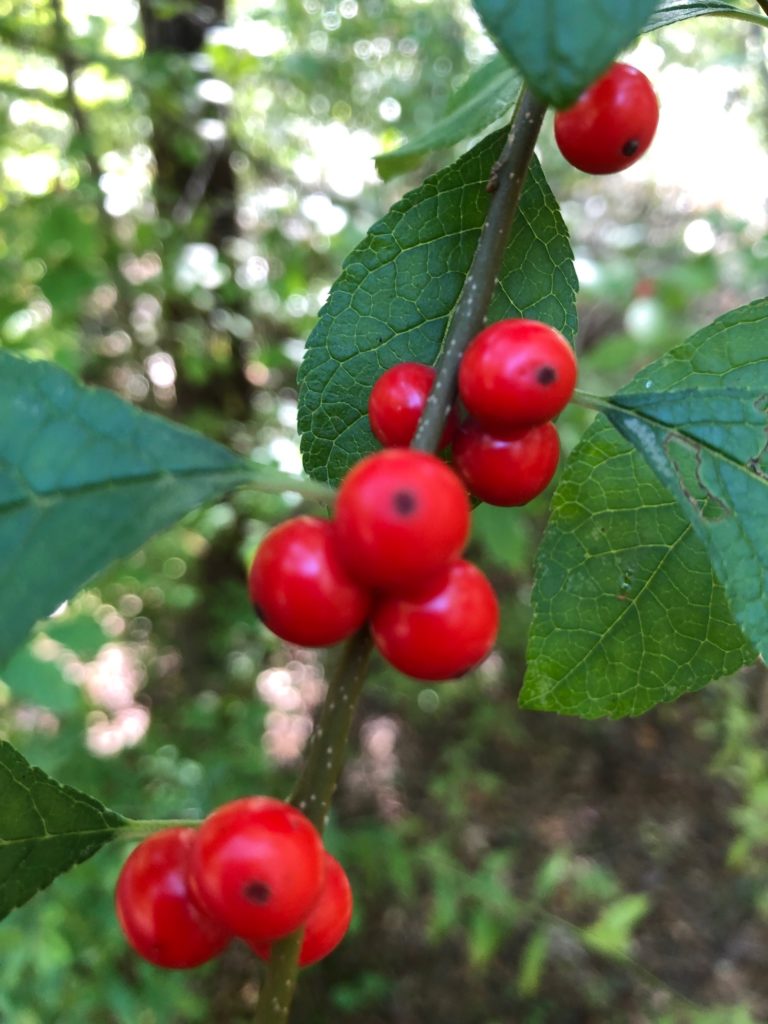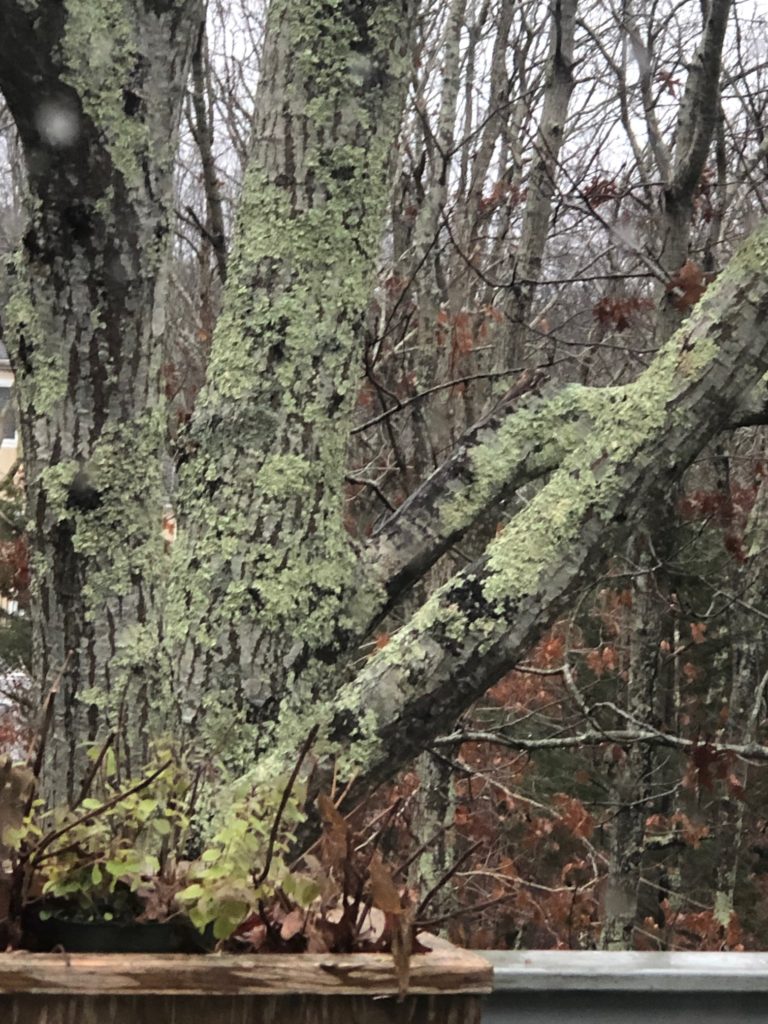We are being clobbered by Mother Nature.
A recent study, published in the Journal of the American Medical Association, reported that climate change heat deaths in the U.S. have soared; 2023 was the hottest year on record and according to the lead author of the study, it’s very likely that we will continue to experience deadly extreme heat.
Equally troubling, five states — New Jersey, Wisconsin, Massachusetts, New Hampshire, and Vermont — have reported human cases of the mosquito-borne virus, Eastern Equine Encephalitis (E.E.E.) The virus can cause lasting neurological damage and death. There is no human vaccine and no cure.
Another serious mosquito-borne disease, West Nile Virus, has been reported in at least 30 states; a recent victim, revered expert in communicable diseases Dr Anthony Fauci, was infected and hospitalized for 6 days.
We can limit exposure to mosquitos by staying inside after dusk, when they are most active, and by removing standing water where females lay their eggs.
Now, more than ever, I treasure small treats and joyful moments in the garden:
1) After a long, unexplained absence, native perennial Joe Pye Weed returned this year to the delight of the butterflies, bees and me. Photos below.
2) I do know why my favorite daylily, Hemerocallis ‘Milk Chocolate’, was missing in action for years — the plant was swallowed whole by its intrusive neighbors. It just needed a 2024 transformative transplant. Photo below.
3) I’m thrilled that my beloved passionflower, Passiflora ‘Incense,’ produced a passionfruit! This has happened only twice since the vine was planted in 1991. I should hand out cigars! Photos below of P. ‘Incense’ flower bud, flower, and fruit. (Lucky author Margaret Renki, who lives and gardens in Tennessee, enjoyed an “extravagant bounty of passionfruit” this year. In a Brutal Summer, Miracles Still Bloom, The New York Times, 9/7/2024, p.A 18.)
4) The Kordes rose, Arborose ‘Quicksilver.’ captured my heart. In addition to its gorgeous, fragrant, lavender flowers, the robust climber has dark green, disease-resistant foliage. No blackspot! The rose shares an arch with another healthy beauty, the Kordes Arborose pink climber, R. ‘Jasmina,’ Photos below.
5) I was elated when the climbing hydrangea vine, Hydrangea petiolaris, reached the top of its oak tree support, allowing me to view its showy bloom from my second story deck. Photos below include the vine playing well with others at ground level.
6) Mother Nature may have moved to Crazyville but she still has a sense of humor: This year she gifted me with two large, dimpled, golf ball mushrooms. Photo below.
7) Finally, all is right with the world when handsome, evergreen, deer-resistant shrub, Osmanthus fortunei ‘UNC’, blooms in the Fall and fills the garden with heavenly perfume. Photo below. (See Oct. 12, 2012 post: Hot Tip: Osmanthus x fortunei ‘UNC.’)
